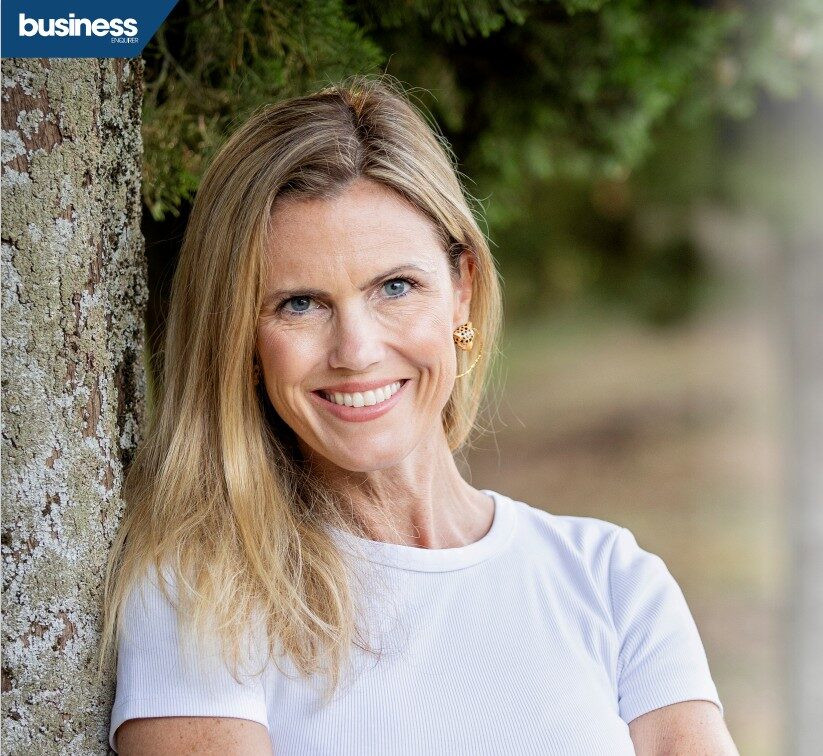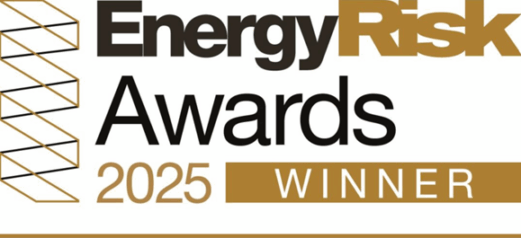“Our mission is to promote the adoption of a low carbon future. We see our role as making low-carbon alternatives cheaper to adopt,” says Kevin McGeeney, CEO of SCB Group, a Switzerland-based environmental markets firm.
The company, formed in 2007, acts as a broker across a range of environmental markets, such as low-carbon fuels, biofuels and their feedstocks, renewable fuel credits, regulated carbon allowances, and the commodities to manufacture batteries. SCB arranges deals from California’s Low Carbon Fuels Standard (LCFS) to greenhouse gas quotas in Germany.
“We’re markets people – we believe that there isn’t really a problem that can’t be solved with a market solution” that creates liquidity, reduces friction and brings down costs, he says.
The environmental market with the biggest potential, believes McGeeney, is the voluntary carbon market (VCM).
“The VCM differs from all other environmental markets in terms of the size of its target audience,” he says, noting that most others – including those such as the EU Emissions Trading System (EU ETS), with currently the largest notional volumes – are either geographically restricted or target a small number of sectors. “The VCM is applicable to every single corporation in the world. Its ultimate scale … will be absolutely colossal.”
McGeeney acknowledges that the VCM has faced setbacks in recent months, with tougher economic conditions putting pressure on corporate carbon budgets, and media reports casting doubts – not for the first time – over the environmental integrity of some voluntary carbon projects.
But he remains bullish on the market’s prospects. “The UN’s commitment to using market solutions to balance carbon emissions remains untouched,” he says, referring to the decision at COP26 in Glasgow in 2021 to establish a framework for governments to trade emissions with each other (under the terms of Article 6 of the Paris Agreement). While those rules are still not fully elaborated, they will, ultimately, filter down to how companies approach their carbon footprints, he says.
“Compared to previous runs at [building up] the VCM, the big difference is that governments are locked into this. They’re not going to undermine the corporate use of carbon offsets,” says McGeeney.
SCB offers a range of services to companies looking to buy carbon credits to compensate from their emissions. These range from advising on carbon accounting, strategy, and internal emissions reductions, to credit acquisition (SCB helps to finance VCM projects around the world), and reporting and communication.
McGeeney notes that not only is the VCM potentially much larger than other environmental markets, it is also at an earlier stage of development. This means that clients need a much wider range of services than in most environmental compliance markets, which tend to be more commoditised. “The path from high advice to no advice is one we see in all low carbon markets,” he says.
What advice does McGeeney have for companies that are considering buying offsets, but are concerned about getting it wrong? “The simple counsel that we’ve been giving all along is to endeavour to be fully transparent with your entire use of carbon credits. Which ones are you buying? What for? And publish your methodology.”
“That’s the wonderful thing about environmental markets,” he says. “They are steeped in transparency, and they started out that way. Whether it’s the VCM, the EU ETS or sustainable aviation, it’s very easy for anyone to get the documentation of everything that’s going on. That’s not necessarily the case in regular commercial markets.”
While environmental markets might be transparent, they can be baffling to outsiders – many of whom are new to the space. McGeeney says that, while 95% of European listed companies now have a chief sustainability officer or similar, half of them have only been in position since 2021. “We did a survey of sustainability officers that we deal with, and they said the number one source of new information was Google searches … When you put Arctic climates into Google, it tries to sell you a holiday in Svalbard. With the current technologies available, we thought we could do better.”
In response, SCB has developed Carbon AI, a large language model trained on 20 years of SCB data and documentation on low carbon activities. “We’ll give access to that to all SCB clients as a place to go where they can learn about the bewildering alphabet soup of the low carbon world.”



